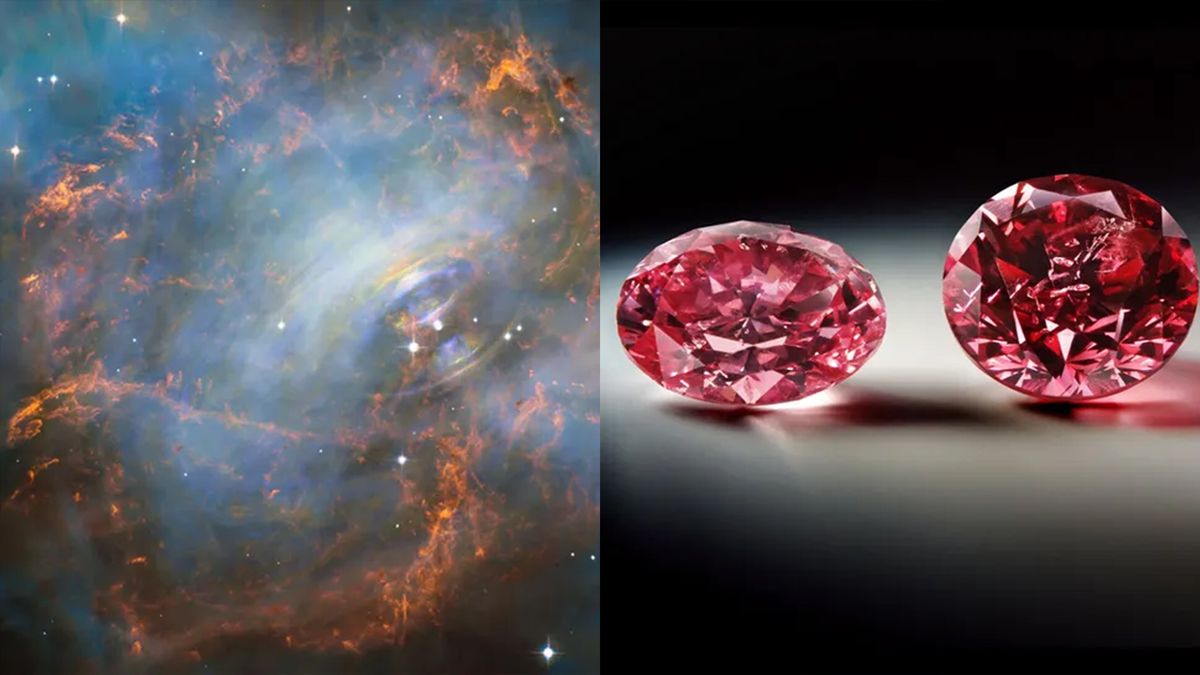Science news this week: Lava lakes and moon chunks

Table of Contents
This week in science news, we followed an expedition to the bottom of the earth in search of a lava lake, tracked a mysterious chunk of the moon orbiting Earth and found out something horrifying hiding in someone’s ear canal.
Although we know substantially about the surface area of our earth, there is still plenty to be identified, and it takes brave souls and daring adventures to track down and affirm these under no circumstances-in advance of-witnessed options. That is what a person established of researchers did when they frequented Mount Michael, a volcano on Saunders Island near Antarctica, exactly where they done a perilous ascent to validate the existence of some thing that was formerly only principle — the world’s eighth lava lake.
The Antarctic was also home to much more alarming news this week, with the discovery of highly pathogenic bird flu that could threaten penguin colonies, and reviews of the “unavoidable” collapse of the West Antarctic ice sheet.
Shifting from Antarctica to Africa, we learnt of a “environment-course aquifer” in the Sahara, an historic Egyptian E book of the Dead and the “tiny miracle” of genetically linking dwelling persons with skulls stolen from Africa a century in the past and saved in a German museum.
The origin of an asteroid learned in 2016 that is closely orbiting Earth has been baffling scientists, but a new study suggests it could be a chunk of our closest neighbor, the moon (which by itself could be a good deal more mature than we earlier imagined). One more issue orbiting far too shut for comfort and ease is area junk, and a new analyze implies it could be altering Earth’s higher environment in approaches we do not absolutely have an understanding of.
In excess of to the animal kingdom, the major tales this 7 days disclosed just how terrifying a Jurassic “megapredator” may have been the discovery of numerous fossils belonging to the world’s major-at any time marsupial and how caterpillars developed their bizarre chubby little “prolegs”.
Last but not least, it would not be the spookiest time of the calendar year devoid of a small horror —the “tiny” detail in this case being a spider, and the horror is, well, see for yourself… if you dare!
Want extra science information? Adhere to our Stay Science WhatsApp cChannel for the latest discoveries as they happen. It is the very best way to get our pro reporting on the go, but if you really don’t use WhatsApp we’re also on Facebook, X (previously Twitter), Flipboard, Instagram, TikTok and LinkedIn.
Photograph of the 7 days
This ghoulishly green picture demonstrates a solar flare exploding on the sun’s surface area, taken on Oct. 28, 2003. For the duration of the spooky year of 2003, the sun spat out an unusually effective collection of solar flares, regarded as the “Halloween photo voltaic storms.” The most strong of these flares, an X-course flare, exploded from a sunspot wider than 13 Earths and introduced a superior-speed burst of electrically charged particles, named a coronal mass ejection (CME), that smashed into Earth the subsequent day.
The ensuing CME quickly knocked out 50 % of the satellites orbiting Earth at the time and pressured astronauts on the Intercontinental Room Station to get address from the radiation. On Earth, the ensuing geomagnetic storm raged for 3 times, developing temporary radio blackouts throughout huge components of the world and resulting in permanent harm to electrical infrastructure in some sites.
Experts say the superpowered storm could have been the biggest since the Carrington Function in 1859, but if that wasn’t spooky sufficient, the sun’s forthcoming period of time of peak activity, the solar maximum, seems set to be the strongest in decades.
Sunday studying
Anything for Halloween
It is the season of creepy pumpkin carvings, terrifying trick-or-treating and ghoulish ghost tales, but let’s not permit science get in the way of a little something supernatural. Here are some of our frightful favorites for spooky year.
Dwell Science long go through
With the industrial house industry booming, the selection of satellites in Earth’s orbit is forecast to rise sharply. This bonanza of new satellites will at some point use out and turn the house about Earth into a big junkyard of debris that could smash into operating spacecraft, plummet to Earth, pollute our environment with metals and obscure our see of the cosmos. If still left unchecked, the expanding house junk problem could hobble the booming area exploration industry, gurus alert.
So what is the alternative to this higher-stakes trouble? Anything straight out of science-fiction — tractor beams.









